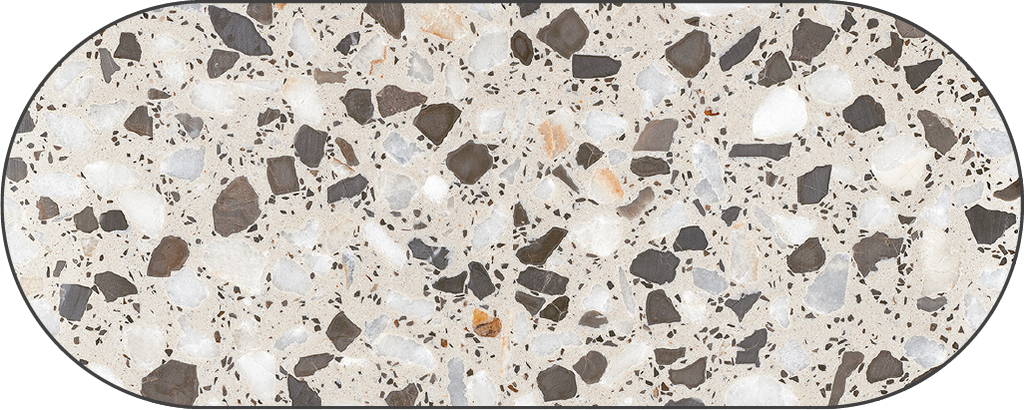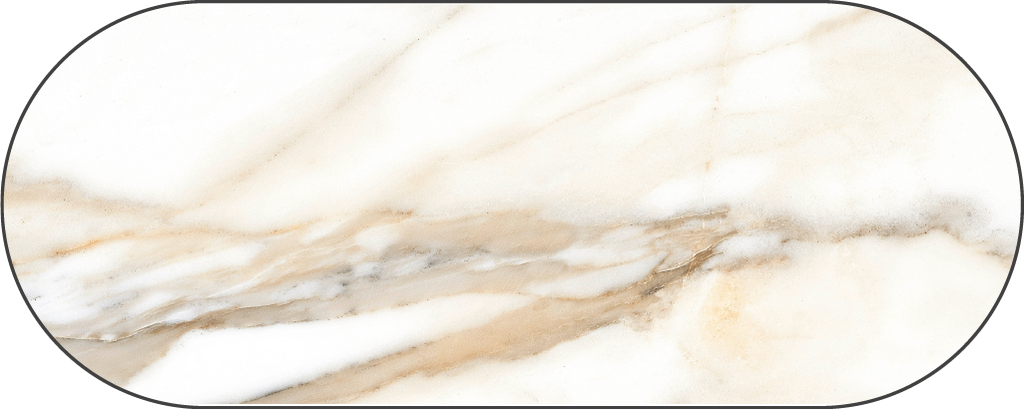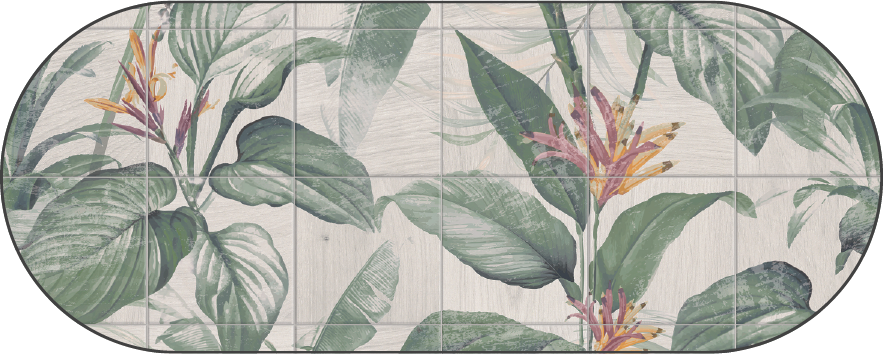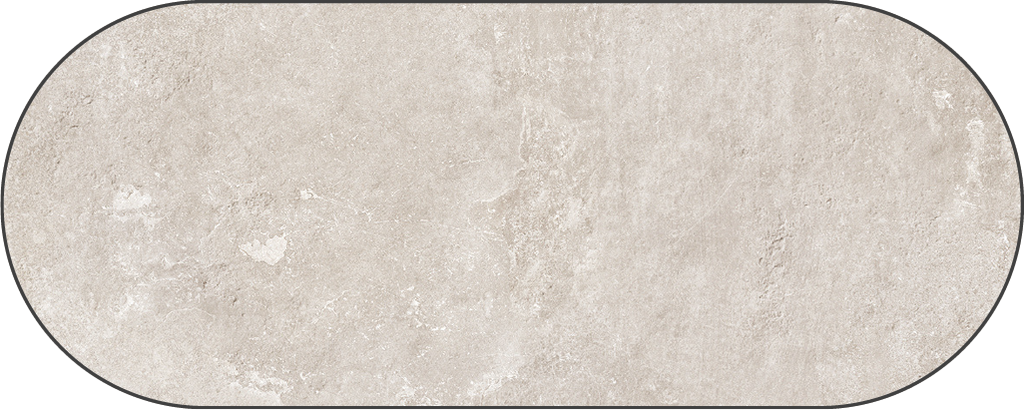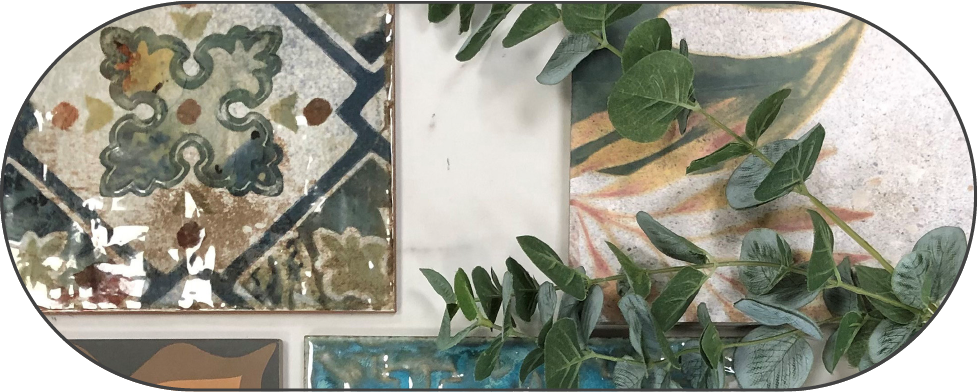Grout is an essential component of tiled surfaces. While tiles often steal the spotlight with their colour, texture, and design, grout plays a crucial role in securing them, protecting against moisture, and providing a polished finish. Interestingly, designers are now embracing coloured grout using it to create contrast or enhance a tiles aesthetics. So whilst once merely functional, grout has evolved into a key design element.
We are answering the top grout questions, to give you everything you need to know about grout before embarking on your tiling project:
1. What is Grout?
Grout is a paste-like material used to fill in the gaps between tiles, securing them in place and preventing moisture, dirt, and debris from getting underneath. It can also enhance the look of your tiles when installed.

2. What is Grout Made Of?
Grout typically consists of a mixture of cement, sand, and water. Some grouts will also include resins or polymers to improve durability and water resistance. Our Kerakoll Fugabella Colour Grout, for example, is made from a blend of cement and resin, which makes it very hard, water repellent, and resistant to most common acidic substances, which could damage or stain some grouts.
3. Do You Really Need to Grout Between Tiles?
Yes! While it might be tempting to skip the grouting stage, it’s an essential part of any tiling job. Without grout, tiles are more likely to shift, crack, or become damaged over time. Grout also acts as a barrier, preventing moisture from seeping beneath the tiles. This is crucial in kitchens, bathrooms and wet rooms, where tiles can be splashed or exposed to lots of moisture. The good news is that you can choose how thick the grout joint is, so if you don't like the look of grout joints, you can make them smaller. More on that below.

4. How Thick Should Grout Joints Be?
Grout joints can vary significantly in thickness, but it's all down to the look that you want to achieve, as well as the surface you are tiling on.
Thinner grout joints (1-2mm) are great for tiles with straight and precise edges, creating a seamless look that lends itself to modern and contemporary interiors. However, if the surface you are laying the tiles on isn't completely flat, smaller grout joints can make imperfections more obvious. This may be an issue, especially if you are tiling a floor where it is important that the surface as as flat as possible.
The standard grout joint width for most wall and floor tiles is 3-5mm. This joint is thin enough that it can blend in with the tiles, but thick enough to hide any imperfections on the surface you are tiling.
Grout joints of 6mm or more are great for tiles that are more rustic and artisanal in nature, with uneven edges and textures. An example of this is our Farmhouse Terracotta. A thicker joint can help account for these variations, ensuring that the final wall or floor is as smooth as possible. You can also use thicker grout joints to create a statement, contrasting the grout colour with your tiles to create a unique pattern.
Zellige and Bejmat style tiles, require a tight joint to give that wonderful ' perfectly imperfect' look associated with this style of tile. Even with as very tight, or butt jointed layout you still need to grout for all the reasons mentioned above.

5. How Long Does It Take for Grout to Dry?
Grout typically takes 24 to 72 hours to fully cure, depending on the type and environmental conditions. Factors such as humidity, temperature, and ventilation can all affect drying time. We recommend that you avoid walking on newly grouted tiles for at least 24 hours.

6. What Colour Grout Should I Use?
At Baked Tiles, we firmly believe that you shouldn't leave your grout choice to the tiler. This is because grout can have a big impact on how your tiles look once installed. This is why with many of our tiles we offer grout pairing suggestions and the design team are here to ensure you pair your Baked Tiles with the perfect grout, for your particular room scheme.
Many people choose to use neutral grout colours like beiges, greys and whites. These work well with many tiles, and create a timeless look. However, you can also get creative with grout, opting for a colour that matches your tiles perfectly. Our range of over 50 grout colours is perfect for this, allowing you to create a seamless look that is ideal for modern and minimal designs. Another option is to go for contrasting grout: a lighter or darker grout colour can draw attention to the shape and or layout of the tiles, which adds character and interest to a space.

Shop our full Coloured Grout collection here
Summary
Grout may seem like a small detail, but it has a big impact on the longevity and appearance of your tiles. Choosing the right grout width, and colour can elevate your design, while proper application and care ensure your tiled surfaces stay looking their best for years to come. For more creative inspiration regards grout, check out our Instagram pages, where you will find two videos, all dedicated to selecting the right grout. @bakedtileco
Need more advice on tiles and finishes? Explore our full range of tiles here, or book an appointment with a designer to create the perfect space with our tiles.




























